The Journey From Columbia to Panama
The most dangerous jungle in the world
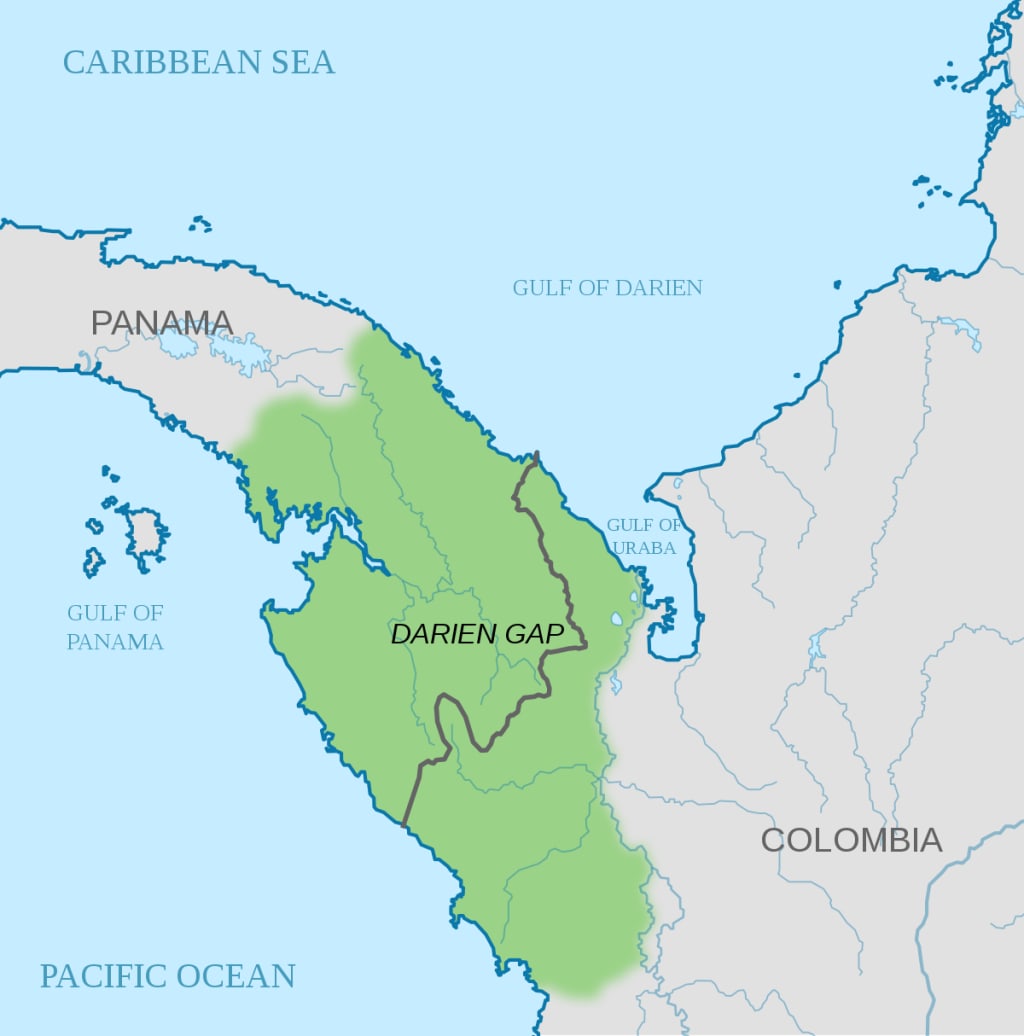
Note: This article may contain sensitive images.
The Darien Gap, also called the “smuggling corridor”, is a jungle that exists between Columbia and Panama. This area of ungoverned land is the most common route for human and drug trafficking. Home to Marxist guerilla groups and indigenous inhabitants, the ecological landfill is considered the most dangerous jungle in the world. It also happens to be the most common route that refugees take to reach North America.
In 2022, nearly 19 000 migrants crossed the Darien Gap to reach the United States. Those fleeing from persecution, human rights violations, violence or war escape their country and travel overseas to reach this dangerous jungle. If they’ve survived the trip by boat (and many often do not), they are then required to walk through 50 kilometres of pure jungle to reach Panama.
In the Darien Gap, travellers must actively avoid the paramilitary group securing the jungle known as FARC (Revolutionary Armed Forces of Colombia) . The armed soldiers perimeter the jungle and have reportedly shot travellers on site as a result of being caught “trespassing”. Migrants must run for their lives to avoid being captured by these armed paramilitary groups.
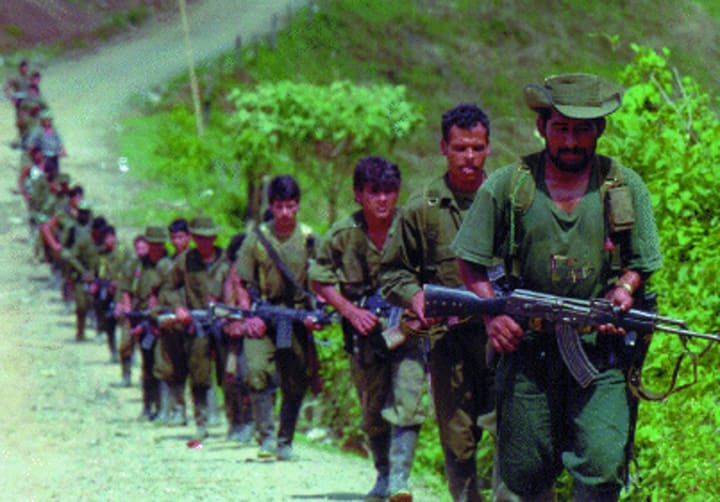
Though dangerous and illegal, many refugees risk their lives and pay thousands of dollars for this journey in order to secure their future in North America. And refugees have no choice but to take this risk. Why is that so?
Countries, such as Canada, advocate for refugees and supposedly welcome immigrants with open arms. However, it was reported in December 2021 that “Canada has yet to process 114,046 refugee applications”, blaming this disruption on the pandemic (CBC, 2021). But slowing the process means that we are abandoning the thousands of refugees who need help and cannot survive in their countries for long. These are refugees who are in need of immediate medical attention, face persecution or are escaping violence and war. The ongoing delays in the immigration process make it impossible for refugees to escape. Even after applying for refugee status in North America, many refugees die before their application is even processed.
As a result, many migrants opt to travel with companions through the Darien Gap illegally, because staying in their country for any longer is more life-threatening than the journey through the Darien Gap.
Scouring the land exists tight streams, narrow paths and an array of poisonous animals. The Darien Gap is home to deadly wildlife, such as poisonous frogs, scorpions and lethal bacteria. Making contact with the poisonous animals can often lead to death within minutes or hours. Due to the lack of medical supplies during this trip, most refugees are left here to die.
Travellers enter the jungle without any map or guidance, and have scarce access to utilities during this 2-month trip. Refugees are often children who must travel with their parents. Children are seen carried or tied around refugees for safety, but most cannot survive for longer than a few weeks. Refugees often face starvation, illness and death as a result of this dangerous trip.
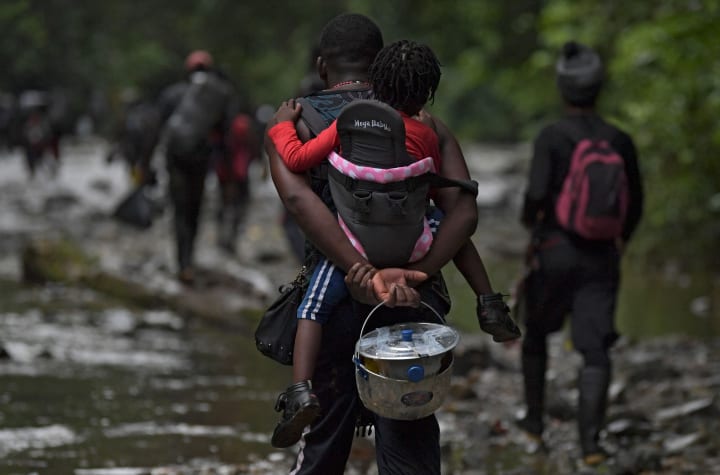
For a refugee from Lebanon, it takes the Canadian government around 46 months to process their refugee application (CBC, 2021). For others, this wait time is even longer. The layered, complex procedure to obtain permanent residency in Canada, along with the 1.8 million applications currently backlogged by the IRCC (Immigration, Refugees and Citizenship Canada), make the process of living in North America nearly impossible. It makes journeys such as travelling through the Darien Gap appear like the most viable option.
If refugees survive the trip across the Darien Gap and enter the United States illegally, they are captured at the American border and held in prison for at least 9 months. Forcibly thrown into crowded holding cells, prisoners aren’t even allowed enough space to stretch their legs.
The Arizona holding cells have been under multiple lawsuits for unfit conditions. Detention centers and holding cells in America are unkept, dirty and crowded, and refugees must remain detained here for days before entering prison.
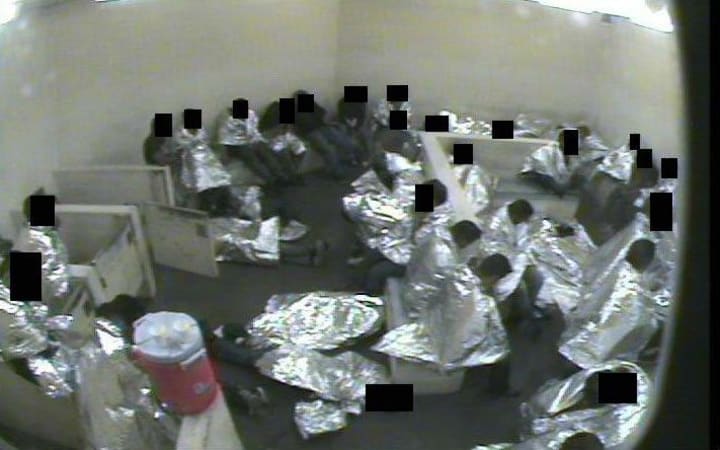
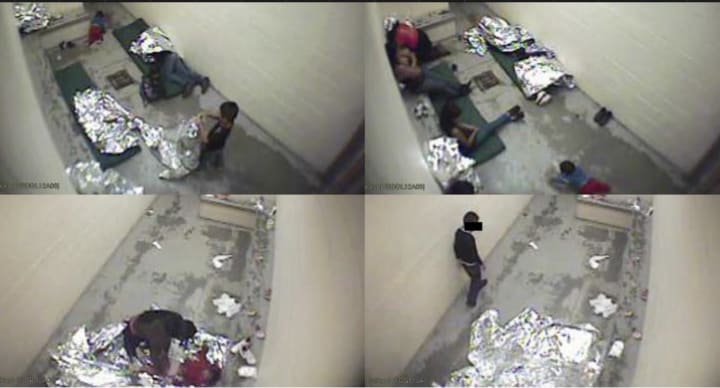
Women and children are placed in tight cells together and face abusive conditions. Human rights are entirely violated and neglected under these conditions, yet refugees are forcibly placed under them. Refugees are unable to sleep or shower for days and without soap or toothpaste, they cannot wash their hands after using the toilet or eating. Detainees have been interviewed by the Human Rights Watch and have reported being in the "freezing cold for days" within the facility.
Once they are released, refugees can either settle in the United States or continue their journey to the Canadian border, which can take another year. Refugees seeking medical attention must continue this journey to the Canadian border to receive the care they desperately need. But considering the state of their health, many cannot survive long enough to make it to Canada.
Though I’ve called this experience a “journey”, the more suitable term for it is a gamble. They are not just refugees, they are people with a whole life yet to be lived. They are people who feel they have no choice but to risk their livelihood because they are looking to survive, and the government they were born into cannot ensure their survival for them. Unfortunately, the IRCC (Immigration, Refugees and Citizenship Canada) is not doing enough to ensure their survival either. We, as citizens of North America, aren’t doing enough to increase awareness, nor do we see the severity of the situation at-hand.
First-world countries have the power to solve the refugee crisis, but as residents in North America, we often struggle to understand what exists “outside” of our world and perspective. It's easy to overlook the reality for refugees. The process of debating the easier death and sacrificing their current lives for a better future is characteristic as a third-world country citizen. But for many North American citizens, it isn’t even in our realm of perspective to consider this as a reality. It is not nearly publicised as much as it should be, and the IRCC currently experiences very little pushback. Refugees are lucky if the IRCC takes one year to process them, because it often takes much longer.
The process of reaching North America is the hardest part for refugees, yet it is the most necessary factor for their survival. Following the pandemic, many countries have been placed into poverty and famine, and the number of refugees in need of asylum continues to grow. Of the 26 million refugees who were displaced in 2019, less than 0.5% could receive resettlement in Canada. Many were forced to resettle in neighbouring countries such as Lebanon, Columbia and Pakistan (GOC, 2020).
What is needed, now more than ever, is political leadership centred around the refugee crisis. Without the required attention and persistent effort to improve the refugee crisis, fleeing citizens will continue to opt for more dangerous routes, such as the Darien Gap. Having freedom should not be a life or death situation, yet it is for millions around the world. With enough awareness and the right approach, the North American government can ensure that freedom is truly and safely within reach, as it always should’ve been.
For more information about the Darien Gap, please visit
https://www.cfr.org/article/crossing-darien-gap-migrants-risk-death-journey-us
https://expertvagabond.com/darien-gap-photos/
For more information on the refugee crisis, please visit
About the Creator
Aathavi Thanges
Disposing my thoughts one page at a time






Comments
There are no comments for this story
Be the first to respond and start the conversation.